Heybike is pushing boundaries in the affordable e-bike space, and the Ranger 3.0 Pro builds on that momentum as an upgraded take on their comfort-focused folder. Coming off the Ranger S, this version amps up the premium touches like a hydroformed frame and adjustable air shock, more range, more power and more comfort aiming to blend everyday usability with a little adventure capability.
On paper, it looks like a solid commuter with extra range and suspension perks, but real rides tell the full story. After a week putting it through its paces, bike paths, and errands, let’s break down where it shines and any areas that could use a tweak in this Heybike Ranger 3.0 Pro review.
My Experience Riding The Heybike Ranger 3.0 Pro E-Bike
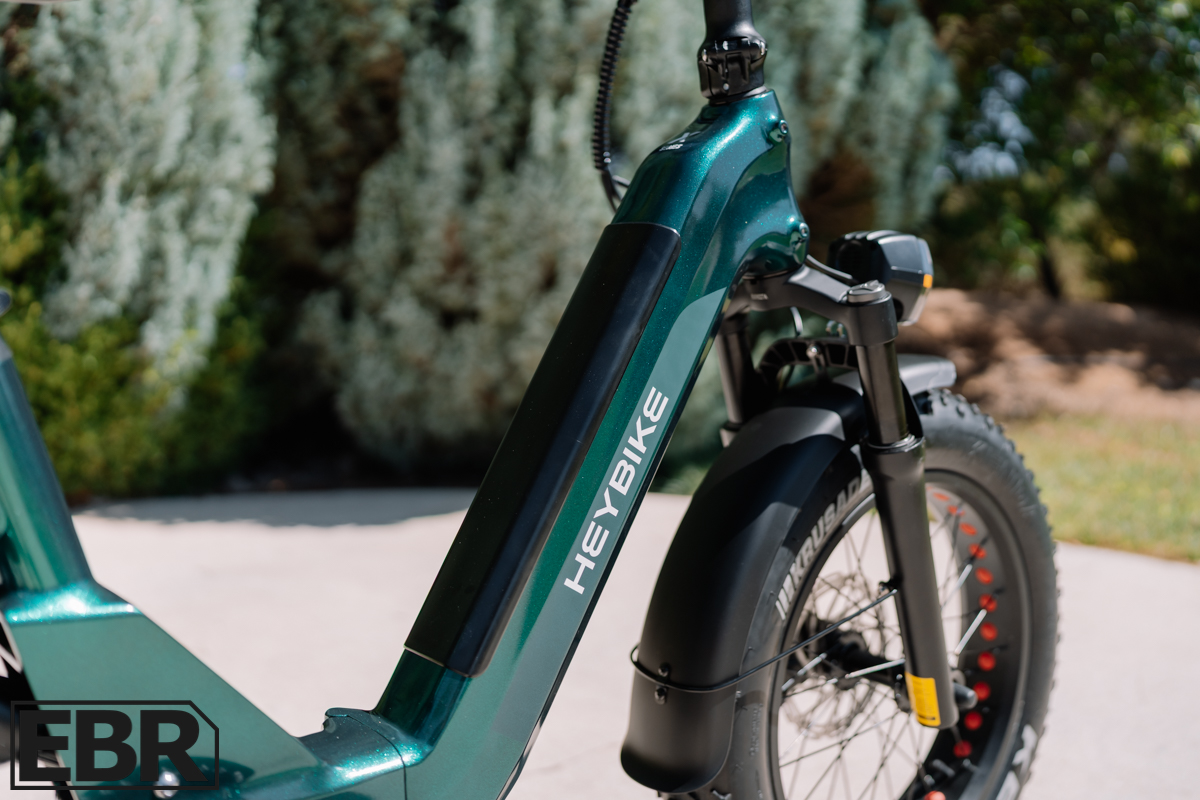
They sent me the Emerald Green for testing, and it’s got this glossy, almost metallic vibe that pops in sunlight against the blacked-out accents on tires, wheels, and suspension, clean and modern without being flashy. At 5’11”, the step-through frame was a breeze to hop on compared to higher step-over designs, feeling accessible right away. I only adjusted the saddle for proper leg extension, but the handlebars sat comfortably at chest level for an upright posture that didn’t strain my back or arms.
The ride leans more toward a comfy cruiser than an aggressive performer, with the full suspension taking the edge off curbs, speed bumps, and even a little light gravel, keeping impacts away from your lower back nicely. It’s not high-end MTB stuff, but for a folder, it handles mixed surfaces well, like campgrounds or dirt roads, without feeling harsh. The Kenda 4-inch fat tires add to that versatility, offering solid grip on slippery spots, though they do whine a bit on pavement, same as other all-terrains, and I’d take that over slicks that bog down off-road.
Power comes from a 750W rear hub motor peaking at 1200W with 80Nm torque, activated by a torque sensor across five assist modes and a twist throttle. It’s punchy enough for quick starts and hill climbs, flattening inclines on throttle alone without much drama, though it doesn’t snap as hard as higher-torque options.
I hit around 29-30 mph unlocked on flats, feeling stable thanks to the fat tires and suspension, but throttle-only chews through the battery faster which is something to keep in mind if you’re relying on maximizing range out of your Ranger. The torque sensor delivers mostly natural assistance, with occasional small surges that an update might smooth out in the near future, it’s close to refined, but not perfect yet.
For commuters, the setup is spot-on with a rear rack handling groceries easily, front mounting points for extras, and full lighting including turn signals that make urban traffic safer. Overall, it’s versatile for city streets to leisurely park rides, with enough capability for light adventures. The motor hums subtly under load, but wind noise overtakes it above 15-20 mph, not annoying, just there when pushing hard.
Range
Estimated Range (from Heybike): Up to 90 miles
Real World Range Test Results:
- MIN Test: 52 miles
- MAX Test: 27 miles
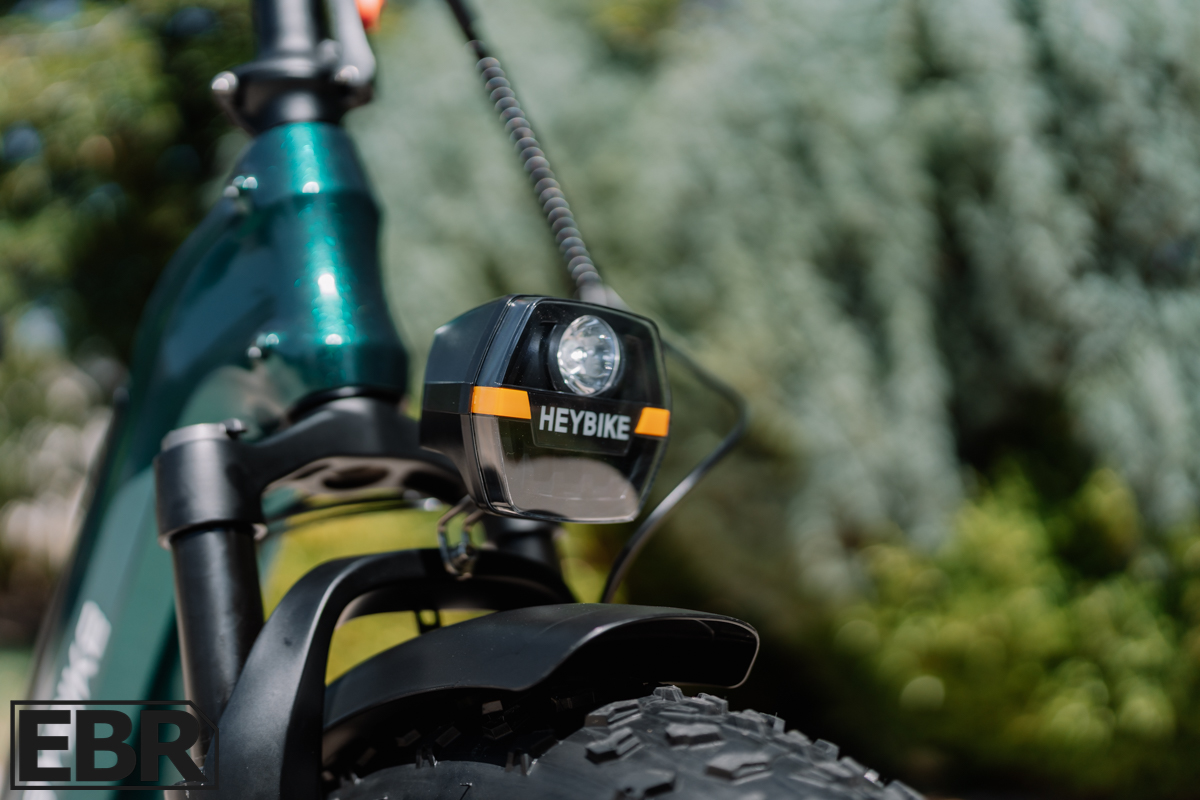
Heybike advertises the Ranger 3.0 Pro to get ‘up to 90 miles’ of range in a single charge, its a bold claim for a rear hub motor that pushes upwards of 1200W’s and 80Nm’s of torque. So, in true Electric Bike Review fashion, I took the Ranger out for a range test, but this range test was focused on speed, using only ‘Turbo’ mode. My goal was to see just how much range I would get when asking for a whole lot of power the whole time.
Once the battery tapped out dry, my final range on maximum assist settled at just under 30 miles, certainly not bad and also certainly nowhere near 90 miles, but, Heybike clarifies that the 90 mile range estimation is based on PAS 1, the minimum level of pedal assist.
So, can you get 90 miles range on the Heybike Ranger 3.0 Pro? While we can agree my test was on the other end of the power spectrum at full blast, most users mix up pedal assistance along their ride and some never even touch the maximum levels. In reality, the odds are, based on my test and the fact that most users are flying down the bike path and full-speed, most users will get north of 60 miles, but, 90 miles? That seems optimistic, at least to me.
Power (Motor & Battery)
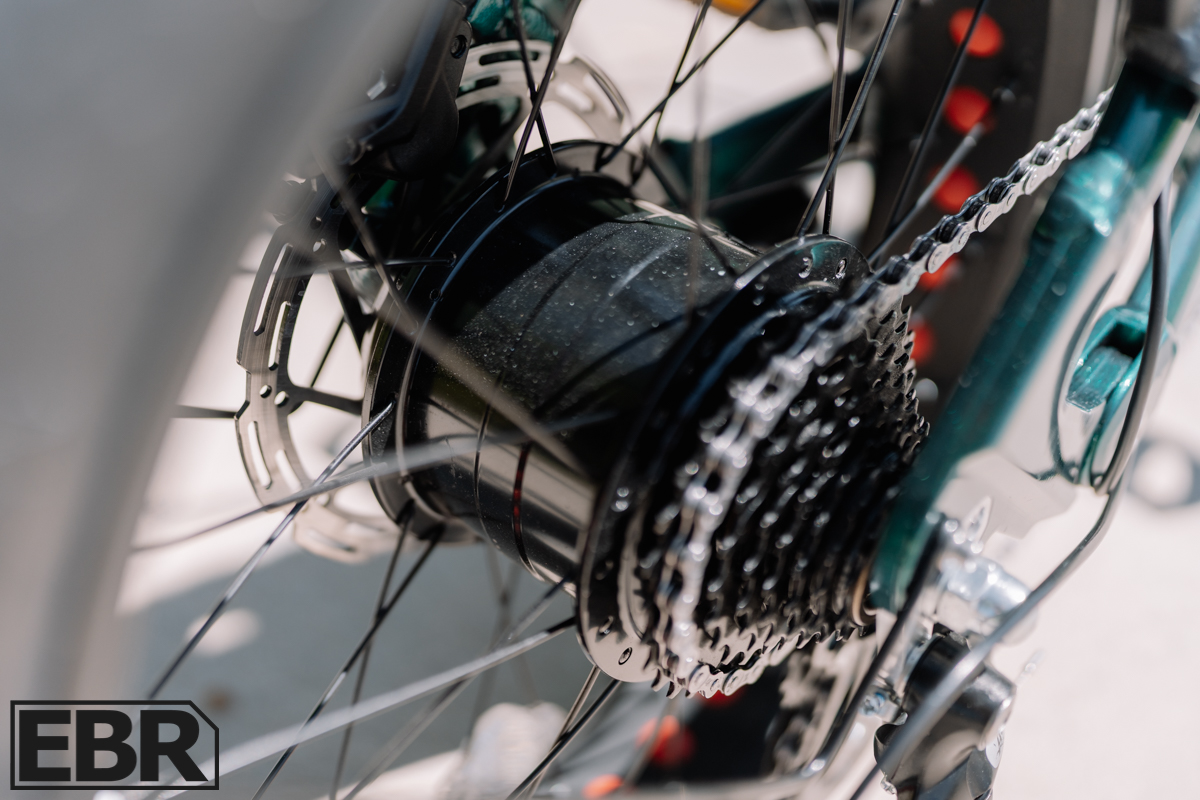
The Ranger 3.0 Pro runs on a 750W nominal rear hub motor that peaks at 1200W, paired with a torque sensor for responsive assistance across five pedal assist levels, Eco, Tour, Standard, Sport, and Turbo, plus a twist throttle for when you want to coast. The torque sensor helps deliver power based on your pedaling effort, making starts feel natural as it builds to 20 mph without any sudden jerks, and the 80Nm torque keeps hill climbs steady on either pedal or throttle alone; it’s got enough muscle for everyday needs without leaving you wanting more.
While it ships configured as a Class 2 (throttle limited to 20 mph), you can switch between Class 1, 2, and 3 modes right on the display with just a few button presses, unlocking higher speeds up to around 30 mph on throttle for open paths, fun, but it does pull more from the battery.
App tweaks let you fine-tune motor response at each assist level or cap the throttle for local rules, giving solid customization.
The 48V 15Ah 720Wh battery integrates into the downtube behind a slim cover, secured with a key lock for easy removal when charging indoors or adding security, though folding the bike can make access simpler if you’re dealing with tight spots. Weighing about 10 lbs, the battery’s manageable to carry, and the whole setup keeps things practical without extra daily fuss.
Components
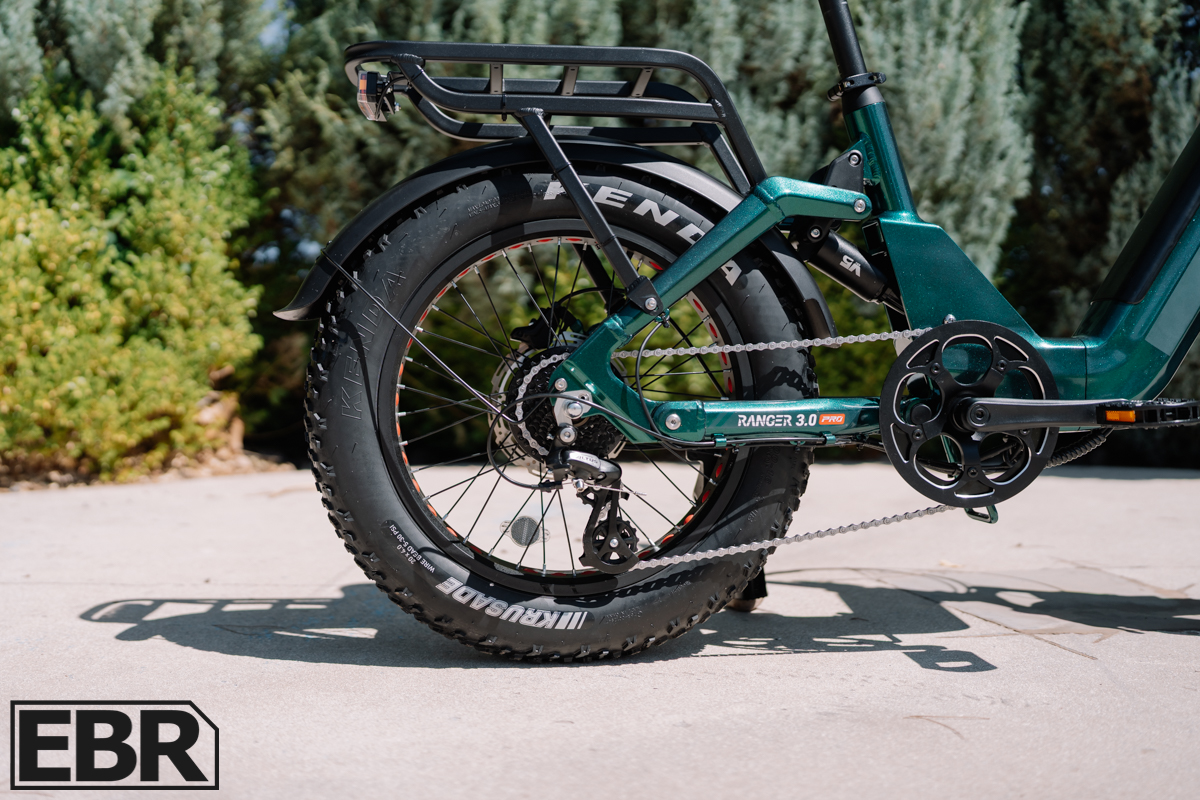
Component lineup on the Ranger 3.0 Pro is straightforward, but a nice bump from the previous version and a reminder of the overall value at this price point.
Built on a hydroformed folding alloy frame with 440 lb capacity, the Ranger 3.0 Pro feels stable and capable for loaded rides. The full suspension is a nice touch and not seen often on folding ebikes, but certainly welcome nonetheless. The full suspension includes a 65mm front fork with a coil spring, preload, and lockout features, along with an adjustable air shock in the rear. This setup lets me tweak the air pressure for better bump handling on rough terrain. It’s rare in folding bikes and adds real comfort without sagging on smooth roads.
Kenda 20″x4.0″ tires on alloy wheels balance traction and cushion, performing well across pavement to gravel, with the expected light noise on hard surfaces. The Shimano 8-speed drivetrain with Altus derailleur, 13-32t cassette, and 48t chainring shifts smoothly, providing good gear spread that covers flats to hills effectively, no complaints on range or reliability, as it let the motor pick up slack on steeps and I never wished for more during my routes.
The telescoping stem and 25-inch flat bar adjust easily for fit, with lock-on rubber grips (including the throttle-integrated right side) holding firm even in wet conditions, a step up from slipperier options. The alloy seatpost quick-releases for tweaks, and the comfort saddle proved supportive on longer jaunts. Basic plastic folding pedals work for the design but feel entry-level; they’re fine, though upgrades could add grip.
Hydraulic brakes perform well with 2-piston calipers and 180mm 2.3mm-thick rotors, offering strong, consistent stopping with better heat management than thinner setups, quick response and longevity make it confident at speed.
Screen / User Interface / App
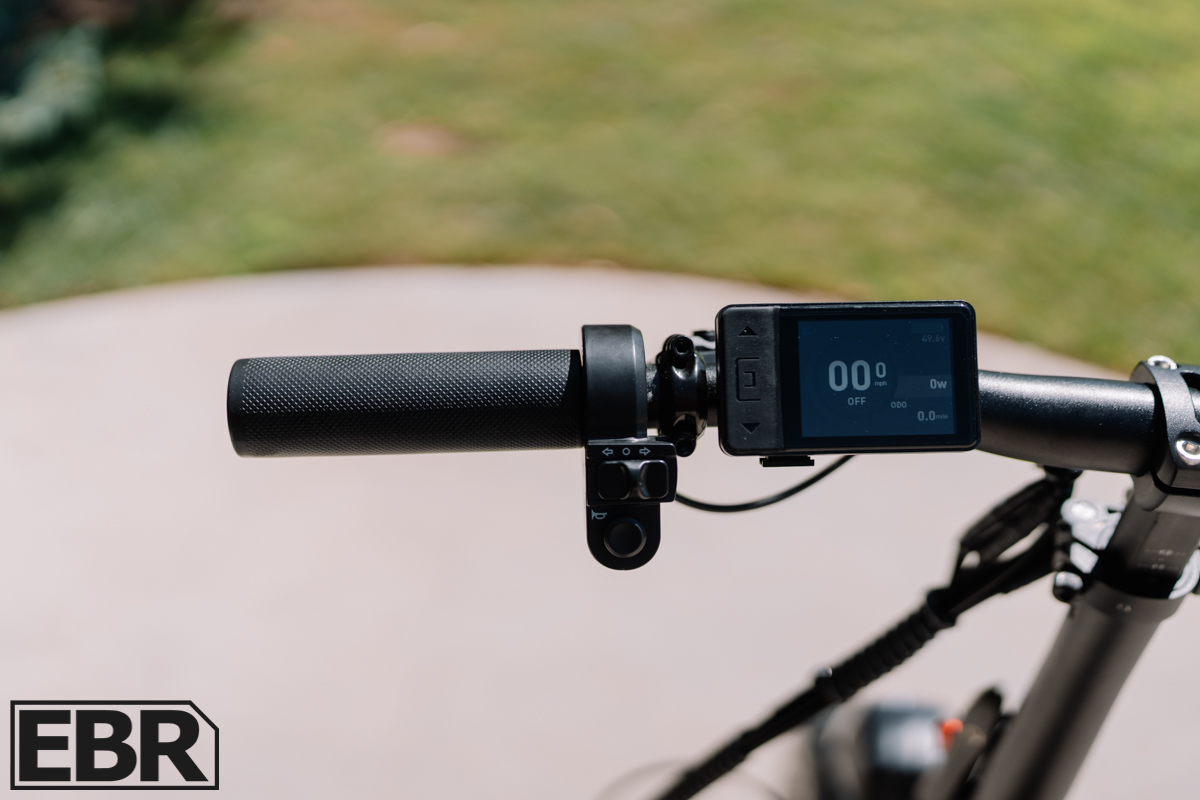
The Ranger 3.0 Pro rocks a TFT color display that’s clear and easy to check while riding. Its IP65 rating means it shrugs off rain or dust, so no worries on wet trails. The NFC proximity card is a slick touch—just tap it to lock or unlock the bike fast, adding security without fuss. You can also set a custom 4-digit PIN (starts at 0000) right on the display for quick, secure startups.
There’s a USB-A port for charging your phone on longer rides, which is super handy. The screen shows all the essentials: speed, battery level, voltage, odometer, assist mode, and power draw. Want more control? Hold ‘+’ and ‘-‘ for two seconds to tweak settings like brightness, units, or wheel size.
The Heybike app handles ride tracking with GPS and lets you fine-tune the motor’s response for each assist level or set speed limits to match your style or local rules. It’s smoother than older Heybike apps, showing they’re getting the software right. OTA updates through the app can push fixes, like smoothing out the torque sensor’s minor surges, keeping things hassle-free without a shop visit.
Heybike Ranger 3.0 Pro Model Options
The Ranger 3.0 Pro comes in a one-size-fits-most frame, designed for riders from 4’11” to 6’2″, and it fit me great at 5’11” with plenty of adjustment in the telescoping stem and seatpost to fine-tune for shorter or taller folks. You’ve got four color choices: Ruby Red, Sapphire Blue, Emerald Green (the glossy, metallic-like green I tested that pops in sunlight), and the limited-edition Miami Sunset, capped at 200 units for a bold, unique look.
Heybike includes a solid set of accessories right out of the box. It comes with a frame-mounted rear rack for carrying gear, front rack mounting points for extra storage, and plastic fenders on both wheels to keep you clean in wet conditions—functional, if not fancy. The lighting kit is built for real-world use, especially for city riders, with an adjustable LED headlight (complete with a horn) and a rear taillight that includes brake lights and turn signals, making it easier to signal cars and stay safe in traffic.
On top of that, you get a 2A charger and an NFC proximity card for quick tap-to-lock/unlock, paired with a custom 4-digit PIN option for secure, easy startups. Optional accessories let you customize further: choose from a bike lock, front basket, large basket, pannier bags, pet basket liners, or a handlebar bag to suit your needs, whether it’s commuting or casual adventures.
Is The Heybike Ranger 3.0 Pro Worth Buying?
The Heybike Ranger 3.0 Pro nails the comfort game for folding e-bikes, delivering a smooth, cushy ride that’s tough to match at this price. Its adjustable air shock suspension, step-through frame, and solid commuter features like turn signals and racks make it a no-brainer for daily rides, leisurely park spins, or light adventures with groceries in tow.
My 29-mile throttle-only test shows it’s got decent range, though the 90-mile claim seems optimistic—mixing assist levels will get you farther, and the robust build handles up to 440 lbs without flinching.
There are a couple quirks, like no bottle cage mounts and needing to leave the key in while riding, but those don’t overshadow what it gets right. Compared to the Mars 3.0, the Ranger leans more toward relaxed cruising than raw speed, making it ideal for commuters, casual riders, or anyone who values easy access and long-ride comfort. If you’re chasing max power or off-road thrills, the Mars might be your pick, but for most folks, the Ranger’s balance of versatility and ease is spot-on.

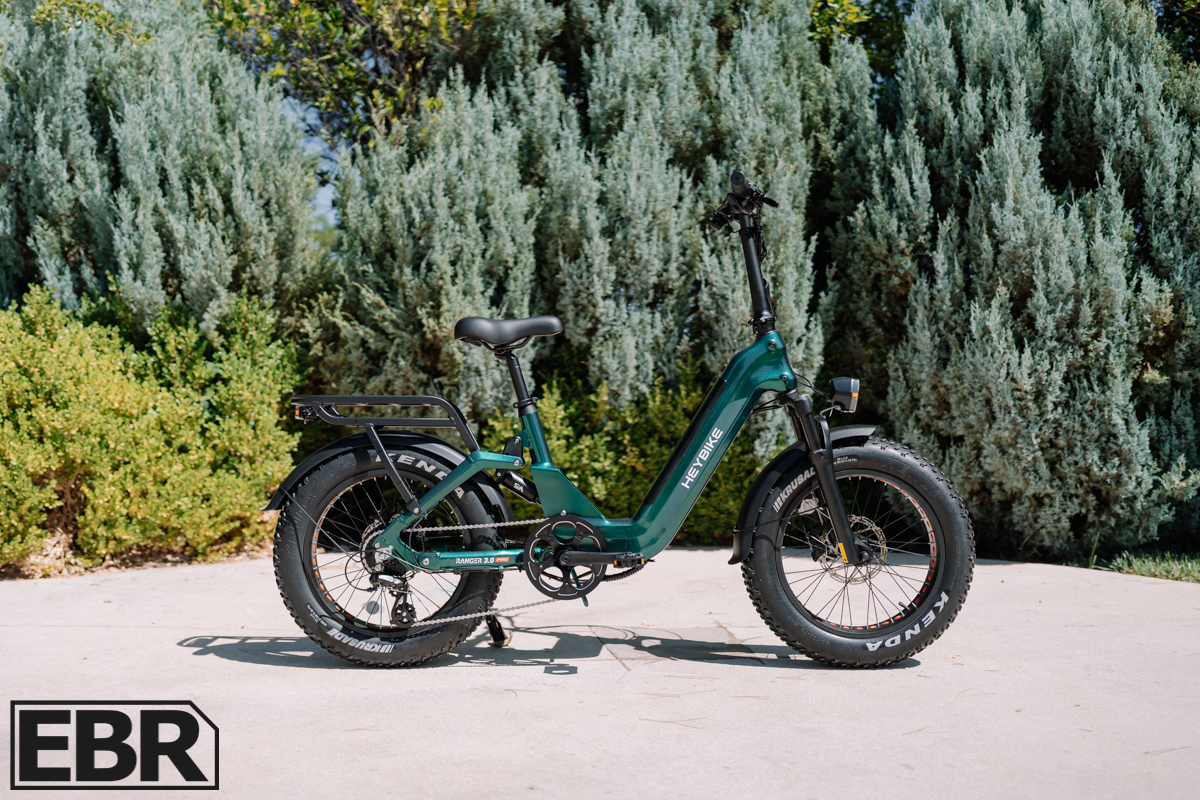

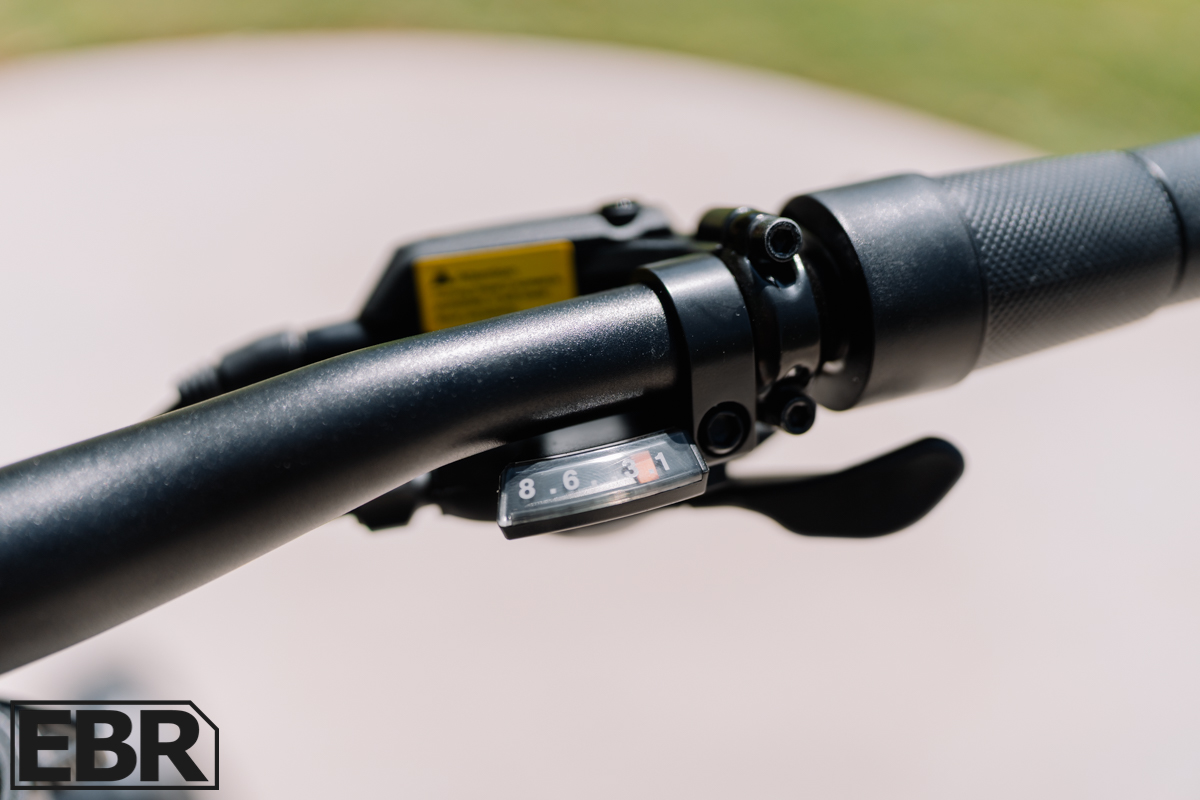
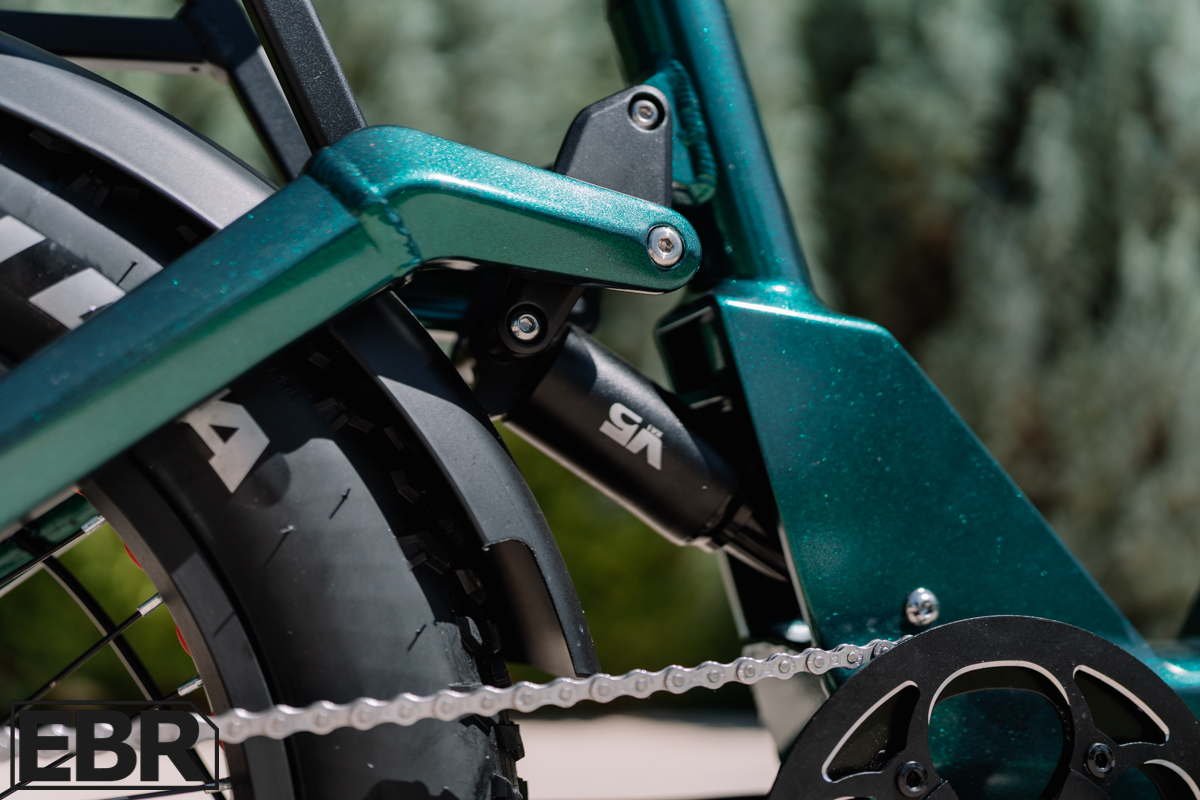
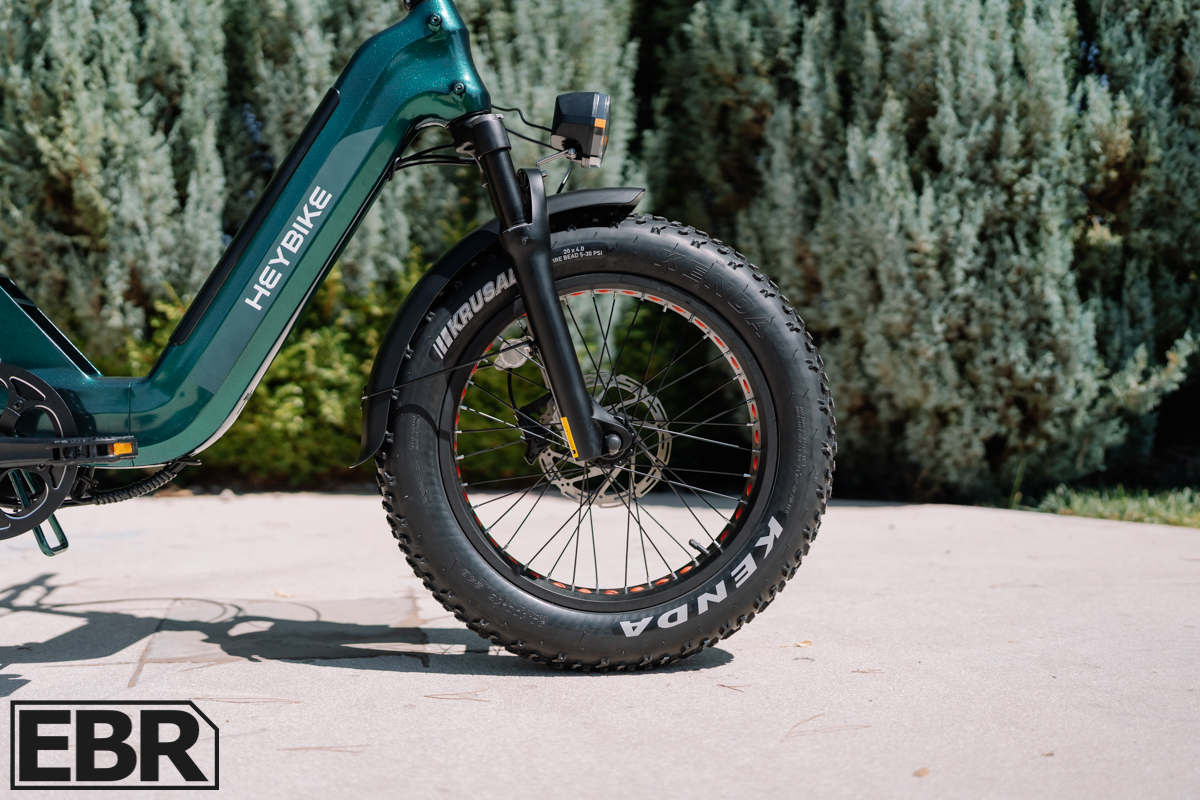
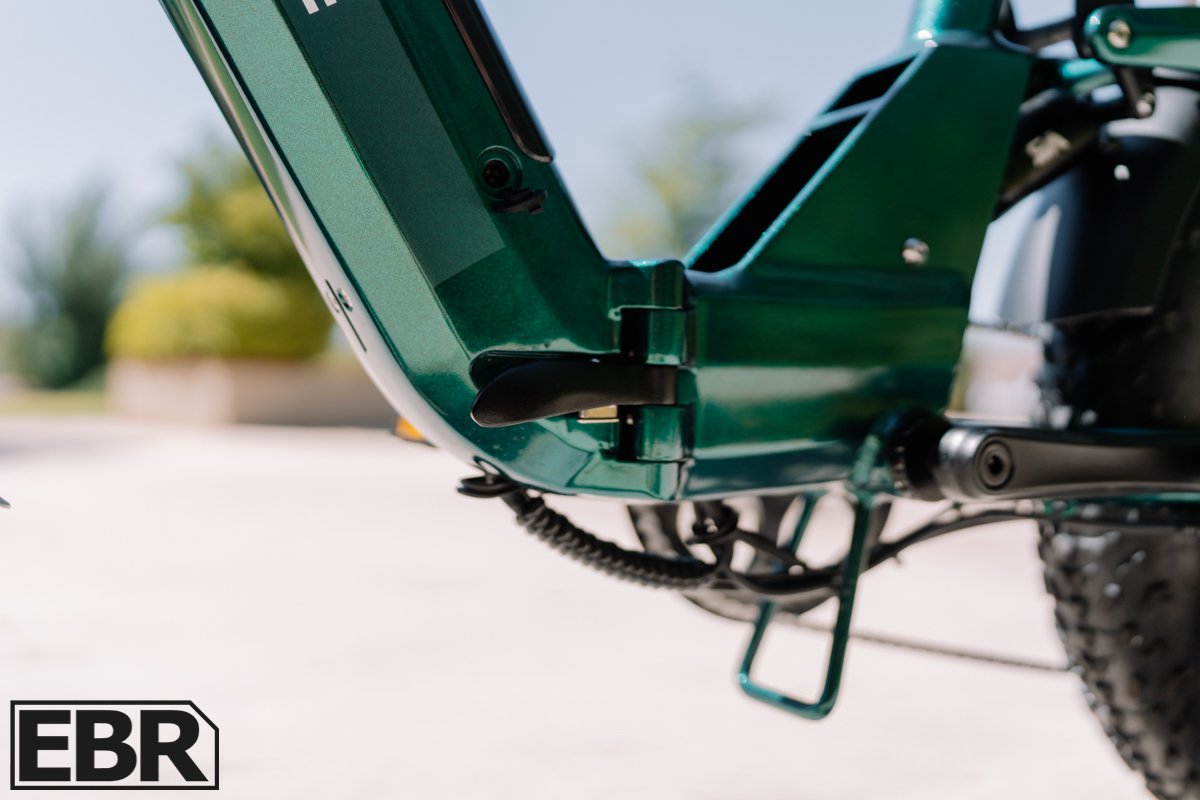


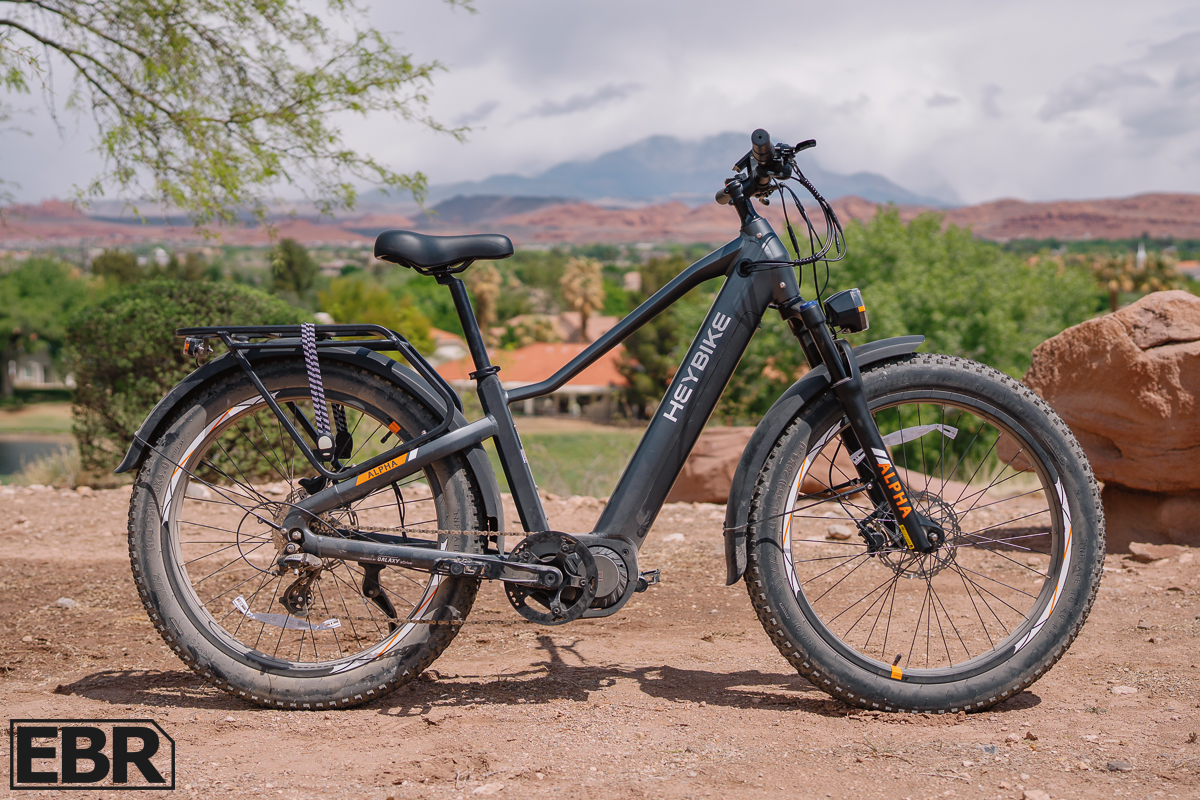
Reader Interactions